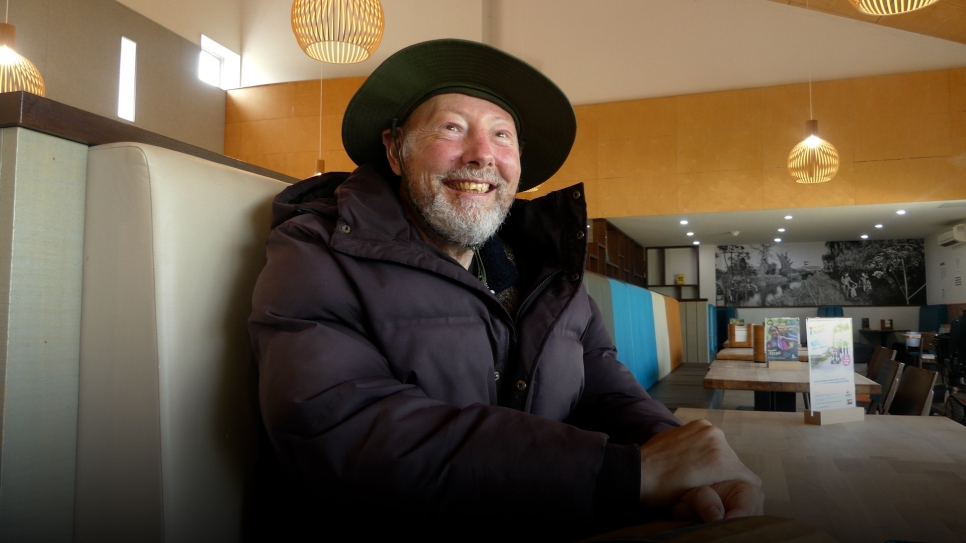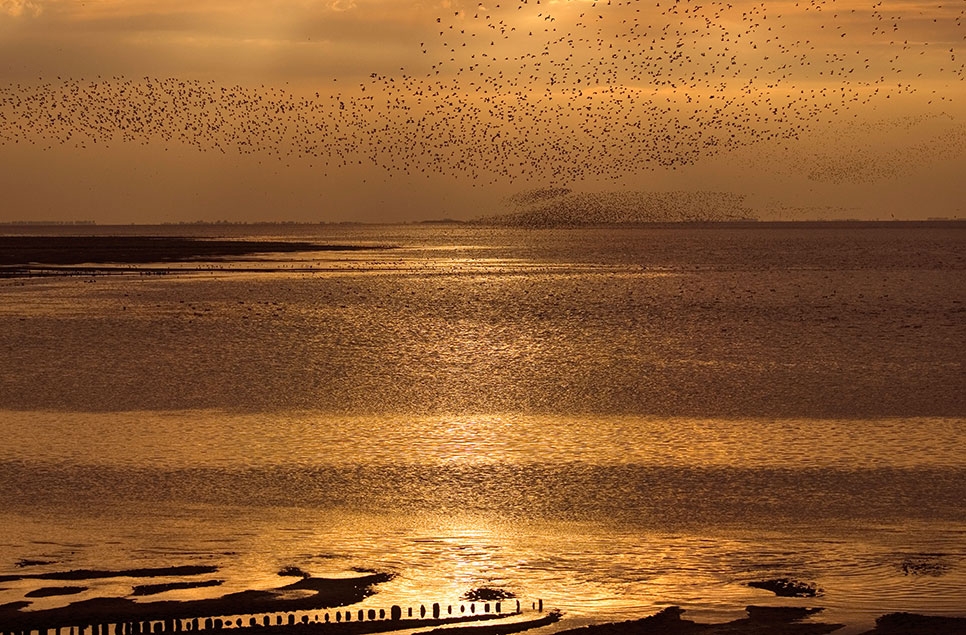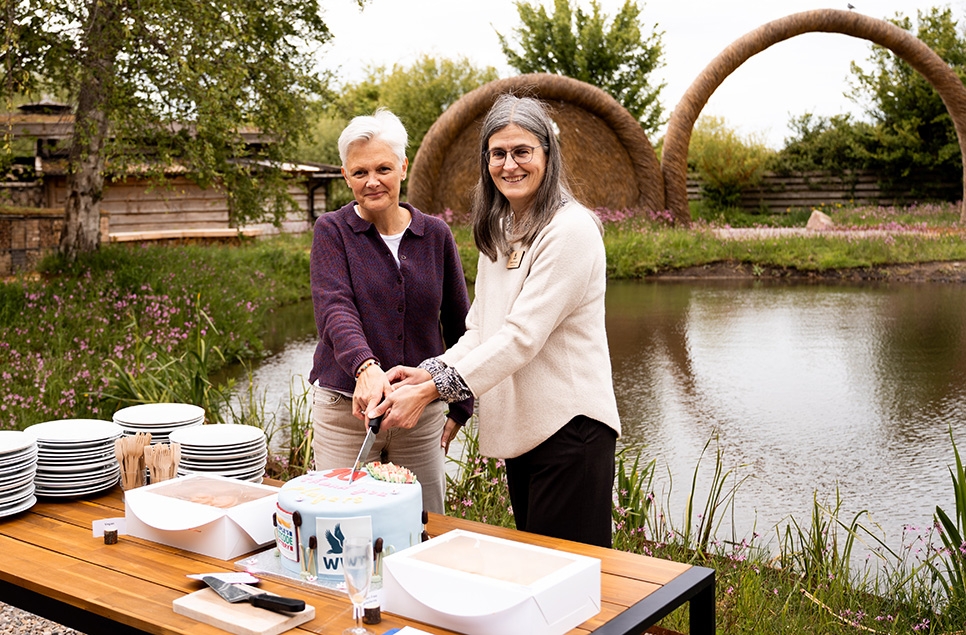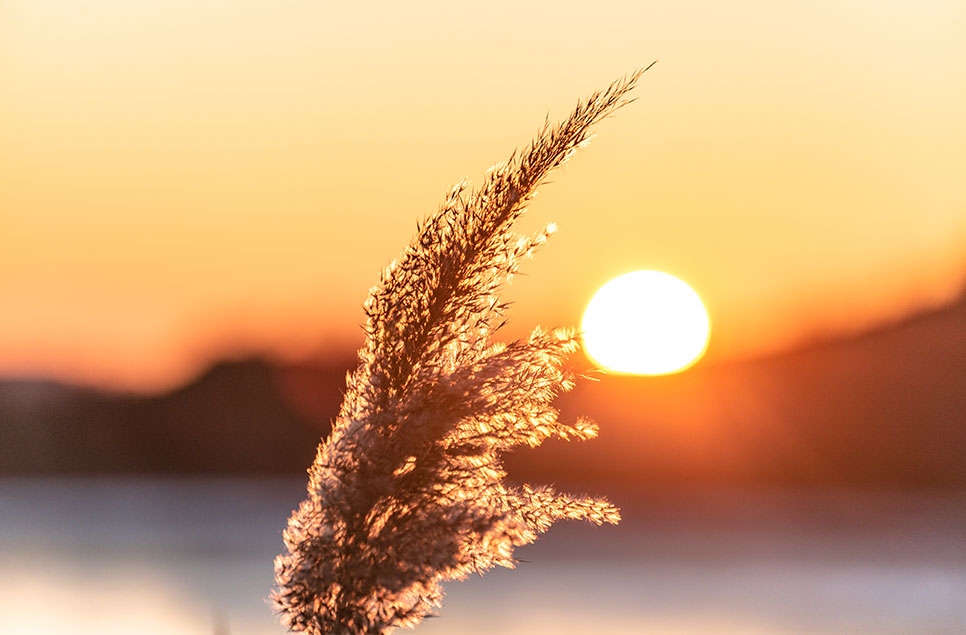Top Goose brents caught and tagged, as first barnacle goose makes it to Svalbard

Last week (13 May) in Iceland, WWT and a specialist team successfully caught and fitted satellite transmitters to three Light-bellied Brent geese for our Top Goose project, carried out in conjunction with Radio 4's World On the Move programme and Bristol University.
Nendrum - championed by pupils from Nendrum College in Northern Ireland, Skywalker - championed by pupils from Alftanesskoli school in Iceland, and Geysir - named by World On the Move after the hot springs for which Iceland is so famous, will join our three Greenland white-fronted geese and our three Barnacle geese as we follow their migrations to and from their UK wintering grounds to their summer breeding grounds and back again, whilst measuring the amount of fuel they use to complete them.
Our first Top Goose Barnacle, Donald, has successfully arrived in Svalbard, Norway, to spend the summer - and hopefully breed. He notched up the earliest recorded arrival for a Barnacle goose to Svalbard, arriving on 15 May. Thankfully, he had plenty of fuel to spare, which is useful since it appears that the spring thaw in Svalbard is slower this year.
Two of our Top Goose Greenland white-fronts, GFG and Lightning, have successfully made it to their summer haunt in West Greenland (via the 1.5 mile high Greenland ice cap) - again with plenty of fuel to spare. Here it is hoped they will pair up and breed. We'll have to wait and see if they return to Scotland in the Autumn with mates and young! Unfortunately, our third Greenland white-fronted Top Goose, Miles, may have perished during migration. WWT stopped receiving data from his transmitter in late April and despite a visit to the place he was last known to have been, there is no sign of Miles. His transmitter may have failed and he may still be alive, so we wait for any sightings of his leg ring over the summer and in the autumn when the white-fronts return.
Back in Iceland, our three Brents will spend the next couple of weeks fattening up for their most arduous leg of the journey, up and over ice cap and on to their summer breeding grounds in arctic Canada. Will they take on enough fuel to complete the journey? Which one will get their first? Which one will be Top Goose?



